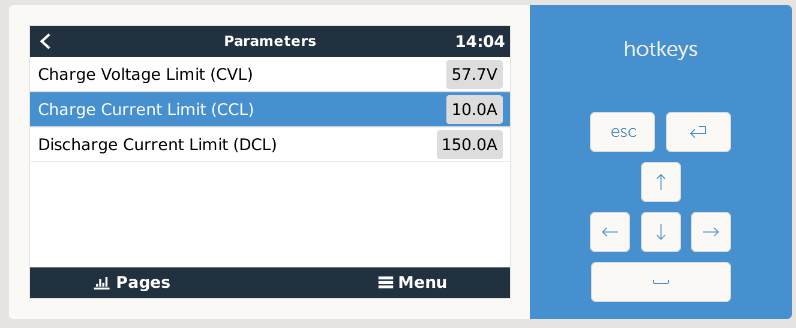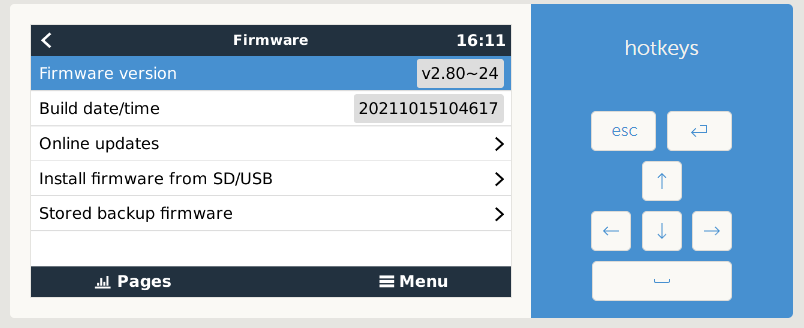There has been several posts over the years where users cannot seem to get DC Feed-in working correctly. The issue hasn't been restricted to a single battery type or BMS.
I use a Batrium BMS, however, others with Pylontech batteries have the same issue.
I spent the best part of a full day testing and reading about it and have come to the conclusion that when DC Feed-in is enabled, an important bug rears its head - and it's dangerous.
When DC Feed-in is enabled, and the battery is nearing top of charge, most BMS's reduce the Charge Current Limit (CCL) in steps to help avoid any single cell going over cut off voltages.
For example, let's consider a system capable of pushing 160 amps into a battery. As the battery starts to get close to the top of charge, the BMS may reduce CCL to 80amps, and steadily reduce this amount further as the battery gets closer to full. Eventually, the battery gets to 100% SOC and the charge current should stop - CCL = 0.
When DC Feed-in is enabled, the CCL is completely ignored. Only the Charge Voltage Limit is honoured. This creates big problems - and its dangerous.
So the system will pump as much current into the battery as it has available - regardless of the CCL value being sent by the BMS. While the battery SOC is low, this isn't a problem. When its close to full it causes big problems. The battery cells go over their limits and even when the BMS sends CCL of 0 the battery continues to be charged until the Charge Voltage Limit (CVL) is reached and the current naturally reduces.
There have been a few posts about this, but no one seems to have nailed what's going on.
Can someone else please confirm this.
Video Demo:
https://1drv.ms/v/s!AjZQHTTRHDNghodbXOaPiNx955NVPw?e=rSAZ6h





